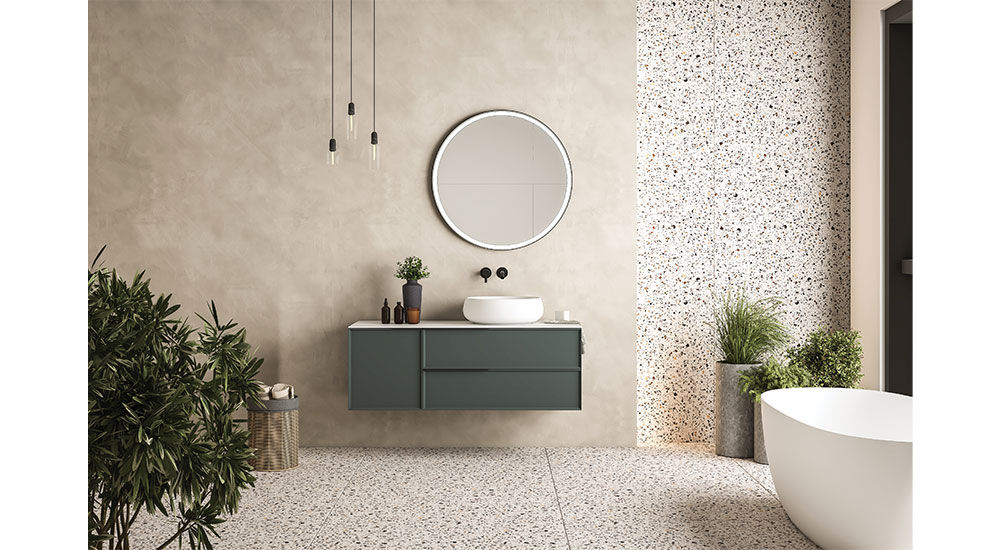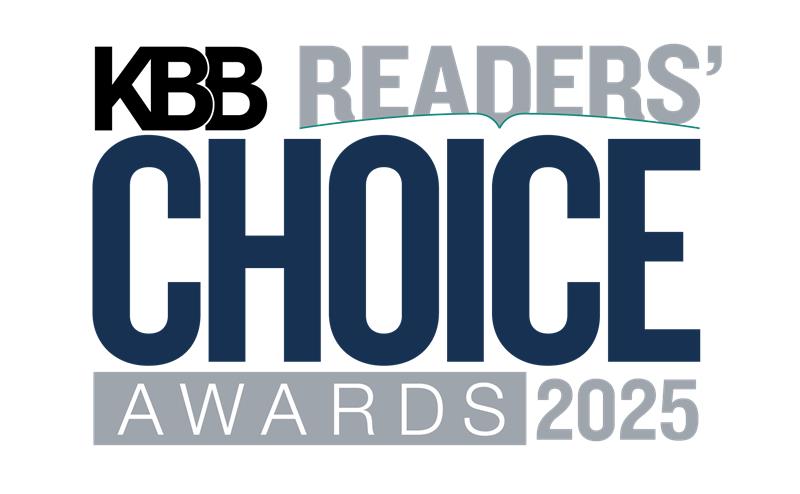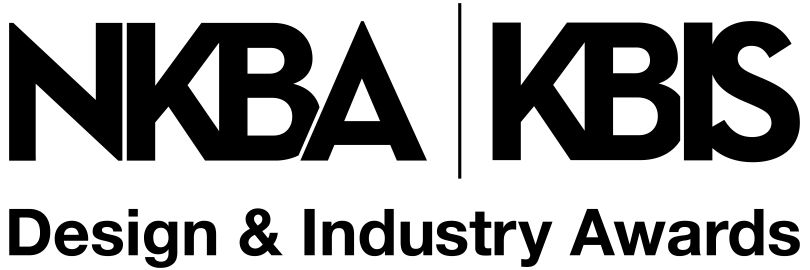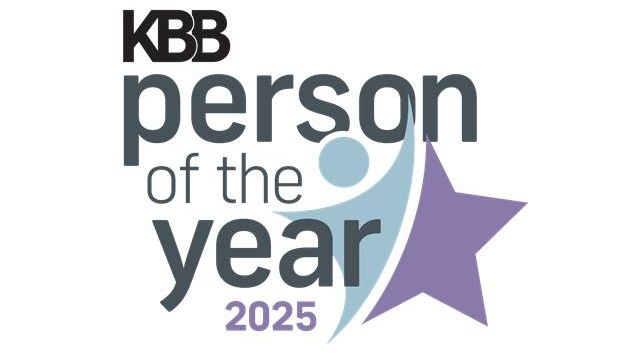As interior designers, creating spaces that have a positive impact on the well-being of our clients and the natural environment (green design) we live in is a key responsibility. While many designers acquire knowledge of sustainable materials and practices during their general education, we can enhance our expertise by participating in various additional programs.
LEED First
Leadership in Energy and Environmental Design accreditation is administered by the U.S. Green Building Council. It demonstrates an individual’s expertise in sustainable design, construction and operations standards related to the LEED rating system, which evaluates the sustainability of buildings. This accreditation focuses on knowledge and practical applications of sustainable building concepts like building design, energy efficiency, water efficiency and sustainable materials.
LEED accreditation establishes a framework for incorporating sustainable materials and practices into built environments. Additionally, designers with a LEED accreditation gain knowledge of how to enhance individual well-being through design elements such as access to green spaces, natural light and improved indoor air quality.
The LEED accreditation process is accessible to everyone, as there are no prerequisites in interior design education required to sit for the exam. To begin, individuals must pass a foundational course and the LEED Green Associate Exam to gain a general knowledge of green building practices, the LEED rating system and the certification process. Once this has been achieved, participants may choose to study a specific LEED rating system from the following categories: Building Design & Construction, Interior Design & Construction, Operations & Maintenance, Neighborhood Development and Homes. An exam must be completed on this specific rating system to earn the LEED AP accreditation. The LEED AP accreditation must be renewed every two years, and during that time, individuals must complete 30 hours of continuing education.
Doing WELL
The International WELL Building Institute developed the WELL Building Standard to assess how built and social environments impact human health and well-being. WELL AP accreditation offers access to a set of evidence-based strategies backed by current scientific research focused on creating spaces that enhance human health and well-being.
WELL AP accreditation signifies a commitment to creating healthier, more productive and sustainable buildings and spaces. This credential allows design professionals to advocate for healthy environments by providing comprehensive wellness standards for new and existing buildings and interiors that pave the way to create spaces and communities that prioritize human health and well-being. WELL APs can foster positive change in built environments by designing spaces that have a beneficial physical and emotional impact on their occupants.
Anyone can take the WELL accreditation exam, as there are no prerequisites regarding interior design education. To become WELL accredited, individuals must pass an exam that evaluates their knowledge of human health and wellness in the built environment and their understanding of the WELL Building Standard. WELL accreditation must be renewed every two years, during which individuals are required to complete 30 continuing education hours, with six of those hours being WELL-specific.
Other Outlets
Several universities also offer postgraduate, continuing education and certificate programs focused on advanced study and training in sustainable design, typically following a background in general interior design or architecture.
The New York School of Interior Design offers a Master’s in sustainable interior design through its postgraduate program. This one-year, full-time program requires applicants to have a prerequisite degree and an advanced portfolio in interior design, engineering, architecture or a closely related field. The introduction of this program reflects the growing recognition that knowledge of sustainable design is both a marketable and essential skill in contemporary interior design. The curriculum covers topics such as the history of sustainability, sustainable materials, eco-friendly textiles and furnishings, indoor air quality and environmental systems.
The Certificate in Sustainable Design at the USC School of Architecture includes seminars focused on built and environmental systems, the natural environment, urban plant ecology and sustainable cities. To complete this certificate, students must hold a four-year BA or BS degree and complete a minimum of 14 units.
Parsons School of Design offers a certificate program in sustainable building materials that emphasizes the connection between the built environment and human and environmental health. This program teaches architects and interior designers how to make healthy material choices while considering cost, allowing them to apply this knowledge to a variety of public and private projects. The certificate can be completed in three months, has no prerequisite educational requirements and offers online classes.
Incorporating mindful and sustainable design practices is an essential part of professional responsibility. Continuing education in sustainable design is one step designers can take to create healthier and more supportive environments.









